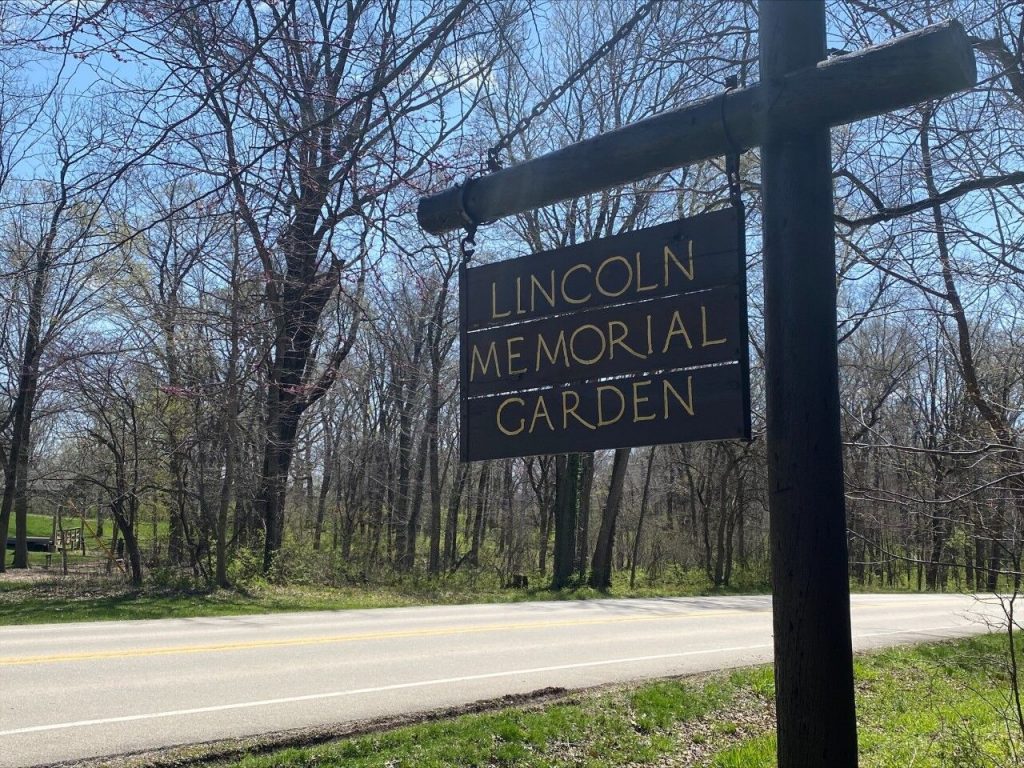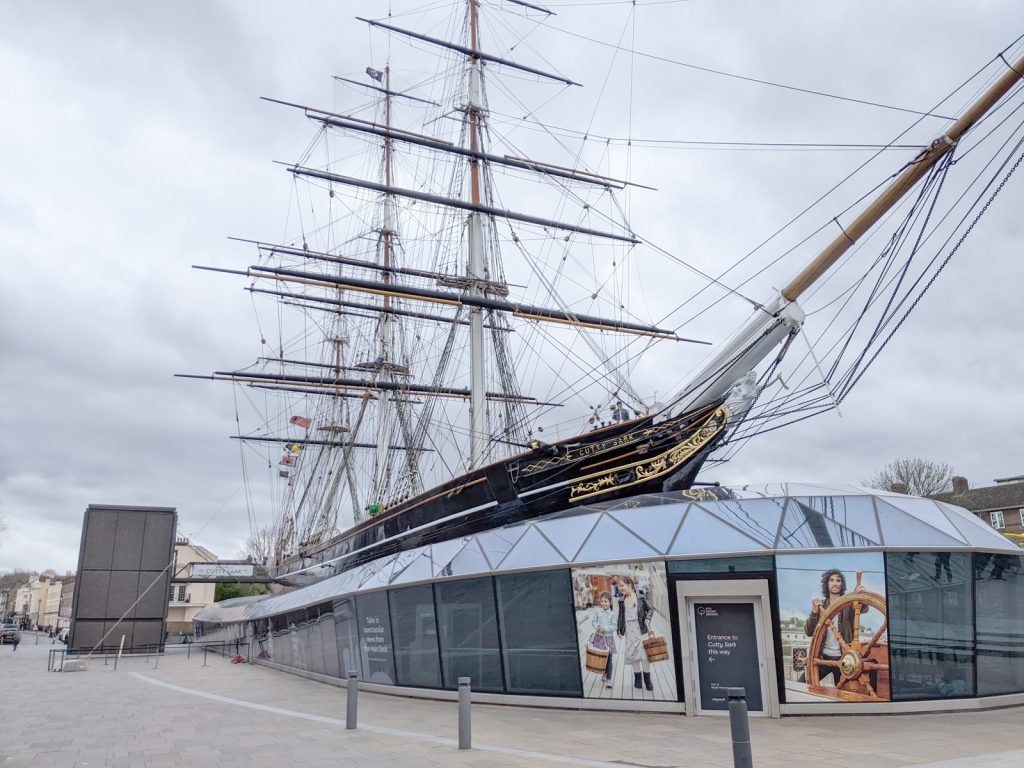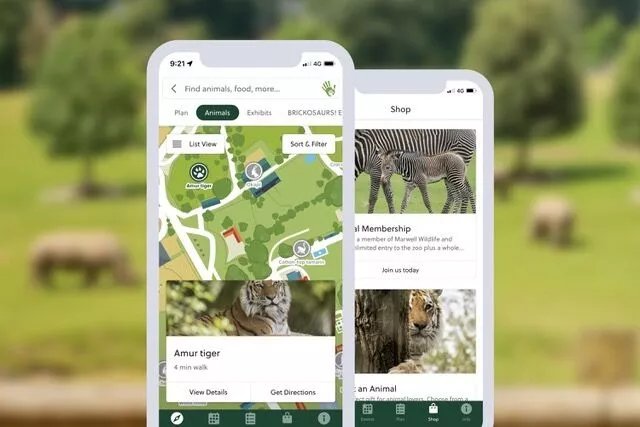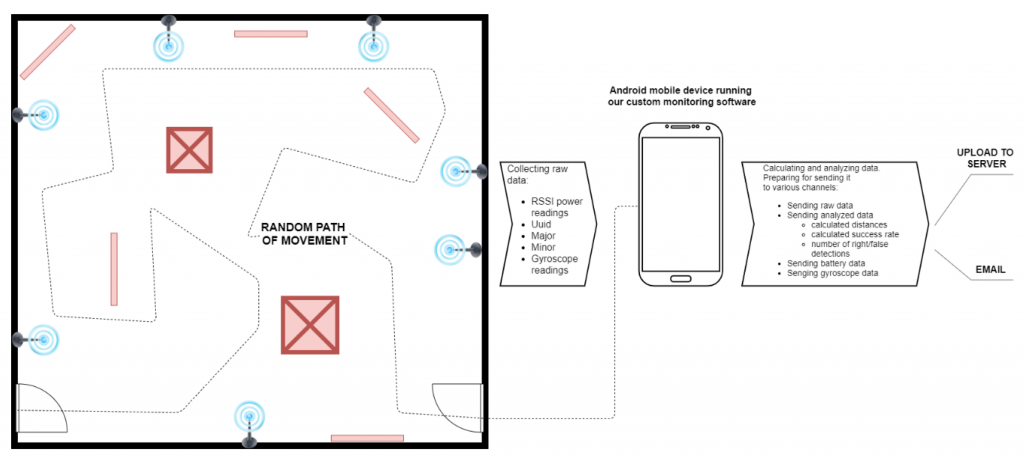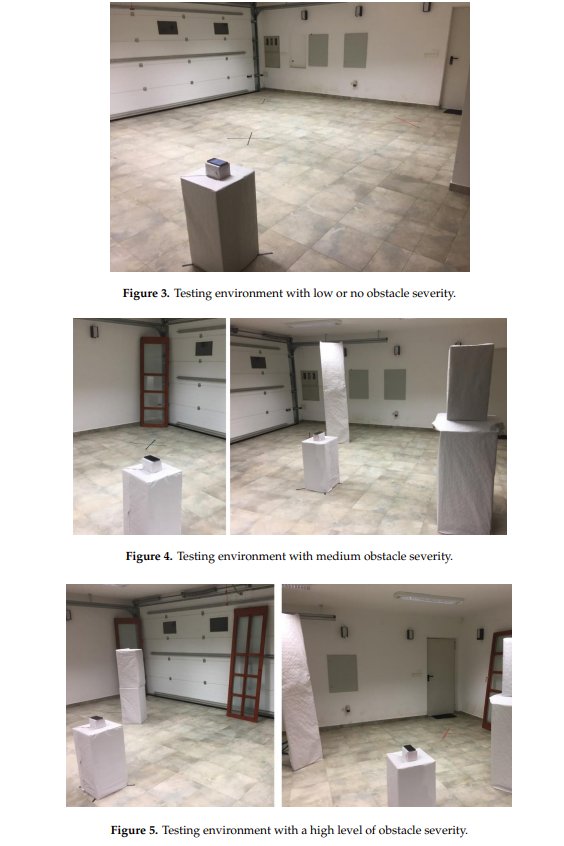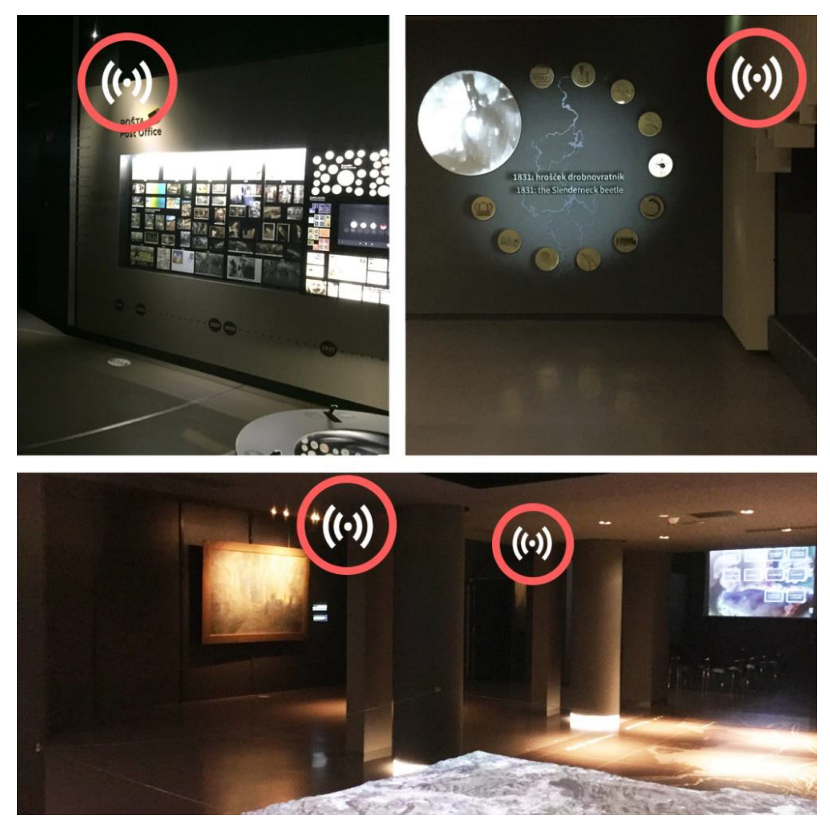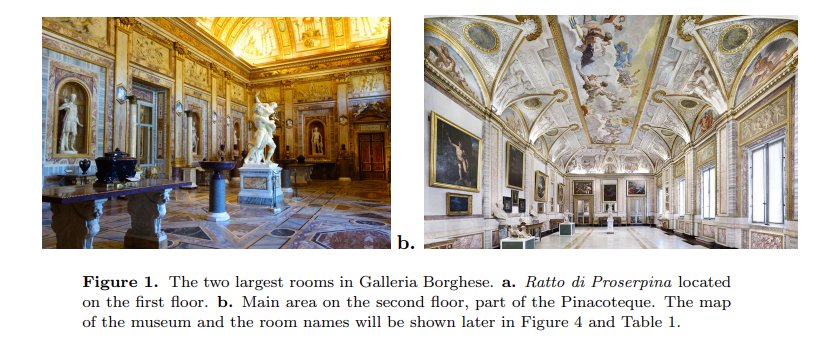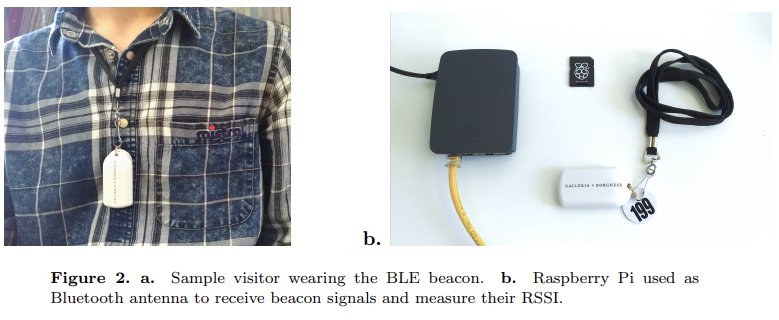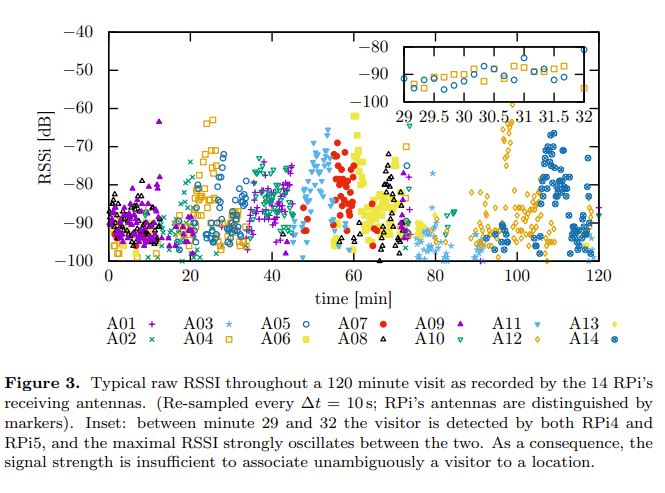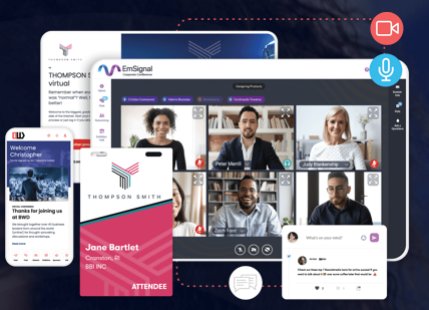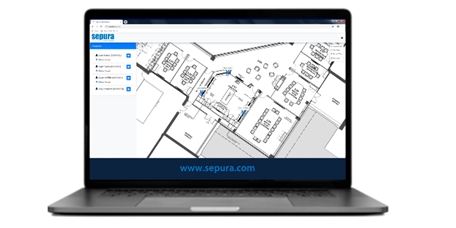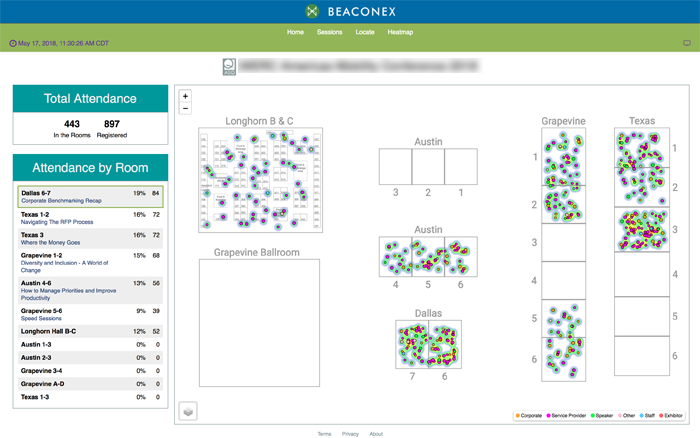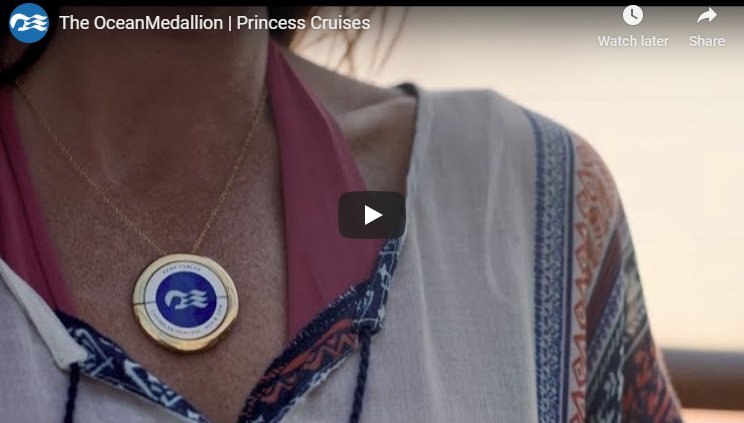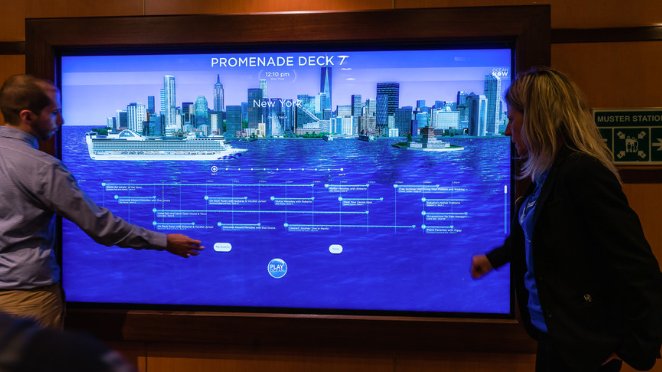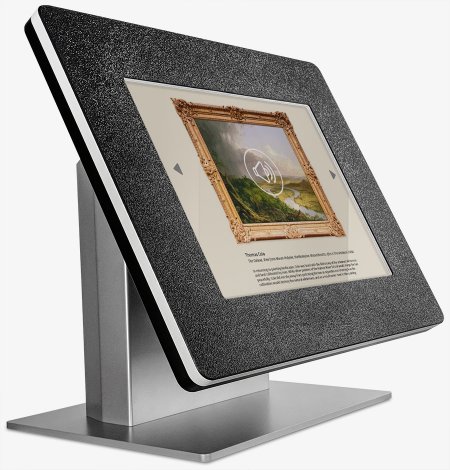There’s new research from Faculty of Electrical Engineering and Computer Science, University of Maribor, Slovenia on Improved Bluetooth Low Energy Sensor Detection for Indoor Localization Services.
While there has been lots of research into server-side processing to improve location accuracy, this research instead looks into improving accuracy locally, in terms of finding the nearest beacon. This kind of processing is often needed where smartphone apps provide users with contextual information based on their location, for example, in museums.
It’s not possible to use the raw received signal strength (RSSI) because it changes frequently due to changes in blocking and reflection in a room. Any errors in determining the correct transmitter can cause errors in displaying relevant information which, in turn, leads to a poor visitor user experience.
The study involved use of iBeacons detected by Android smartphones, both in a controlled room with three obstacles and a real-world setting Expo Museum.
The proposed algorithm stabilised the RSSI by considering previous measurements to filter out sudden fluctuation of the RSSI signal or the rapid movement of the mobile device. The smartphone’s accelerometer was also used dynamically change the scan interval based on the user’s movement.
In the controlled room, the proposed algorithm had a 14.29% better success rate than a standard algorithm using the raw RSSI values. It performed particularly (20%) better in spaces having medium or high density of physical obstacles. It also performed better in the real-world Expo environment with a success rate of 95% compared to 87% with a standard algorithm.
